Mr Mansfield Brock, CBE, is a veteran educator who served as the former Permanent Secretary of Education in the Bermuda Public School System.


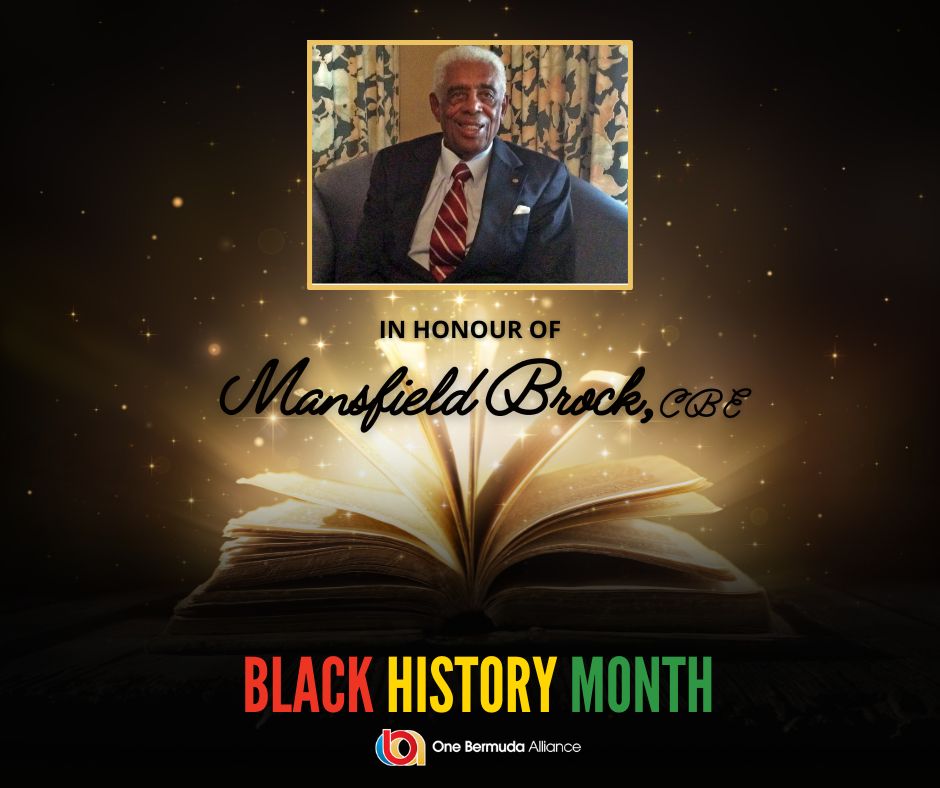
More
After earning a BSc in Physics and Mathematics from McGill University in Montreal, Canada, and a Postgraduate Degree in Education from London University in the United Kingdom, Mr. Brock began his educational career in 1955 as a physics and mathematics teacher at The Berkeley Institute.
He taught at Berkeley for 10 years before becoming headmaster of Sandys Secondary School in which capacity he served for nine years.
Mr. Brock was the founding Chief Executive Officer of the Bermuda College. He earned a Master’s Degree in Educational Administration by the University of Toronto and was awarded a Doctor of Commerce [Honoris Causa] by Saint Mary’s University in Nova Scotia.
He went on to serve the Bermuda Government in numerous capacities, including Permanent Secretary of Education, Financial Secretary and Chairman/CEO of the Bermuda Monetary Authority before joining the private sector as General Manager of the Bank of N. T. Butterfield & Son Limited. When he retired, he was the Chief Administration Officer of Colonial Group International.
In 2018, The Reading Clinic announced that an annual scholarship has been established his name.
The Mansfield Brock Scholarship of $8,640 per annum has been donated by the Trustees of The Reading Clinic Foundation and is used to assist with tuition costs for families who require financial assistance.
Courtesy of www.Bernews.com
The English language has certain rare words whose infrequent usage disguises their significance.
One such word is ‘polymath’ – a word revealed to me only later in life. And ‘polymath’ has little to do with the word ‘mathematics’ as one might initially guess. A ‘polymath’ is a person who is an expert at many subjects, sometimes very different and unrelated. It translates literally from the Greek as: much learning.
Dr. James ‘Jim’ King is a great of example of a polymath – a Bermudian who excelled at many and disparate things.
More
As a surgeon at KEMH, he was one of the best Bermuda has ever known. He trained at the University of Toronto and, upon his death in 2019, one surgeon said Dr. King “was one of the best surgeons I’ve worked with both here and in Canada. He did all the tough cases [and] could have practised his craft anywhere in the world, but decided to serve the Bermuda community”.
Beyond medicine, Dr. King also excelled in business. For decades, he served as Chairman of many and notable boards, such as Argus Insurance, the Telephone Company, and the Bermuda College. He was on the board of Butterfield Bank for almost 30 years, and served as board Chair for a decade at the turn of the century. Under his leadership Butterfield thrived.
To my good fortune, I spent many years with Dr. King on a board of another business. Around the boardroom table, he was as formidable a man as I have encountered. Intellectually rigorous. Compelling with his wisdom and insights. Possessing a lightning-quick wit and deep belly laugh.
He gave his time to politics too, standing twice as a candidate and in the 1990s serving as UBP Chairman. Sir John Swan described his political efforts as “sterling” saying of Dr. King: “He was a big thinker, someone who understood the value in building relationships, and who could well represent Bermuda in whatever he did.”
Dr. Jim King: an expert at many and disparate subjects. A Bermudian who inspires.
– Scott Pearman, MP
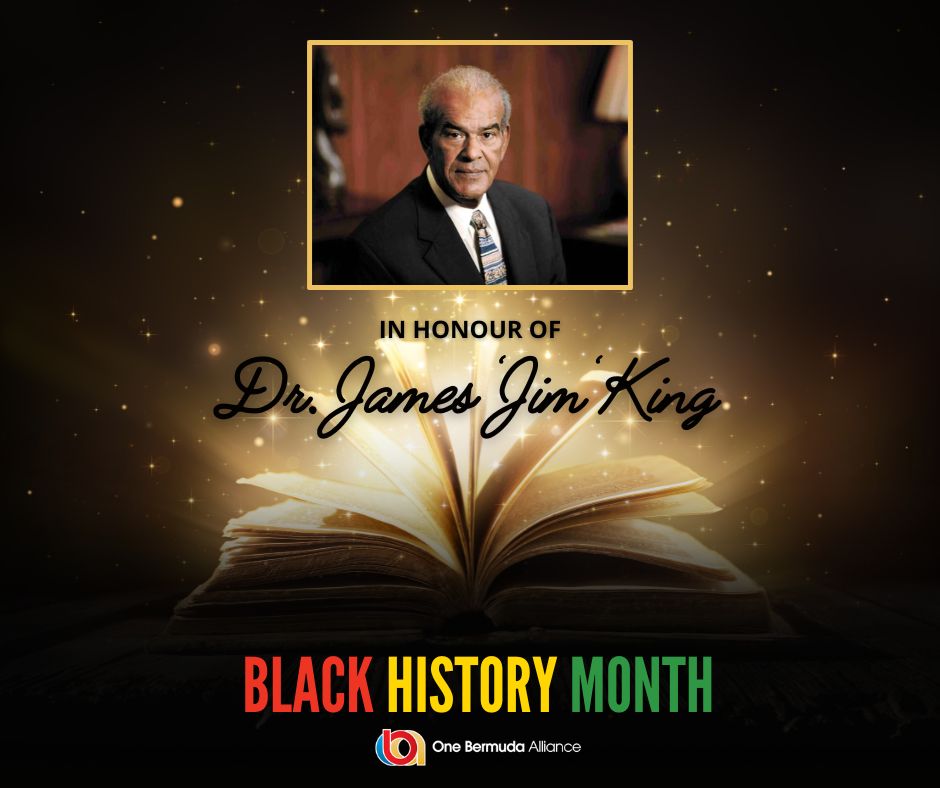
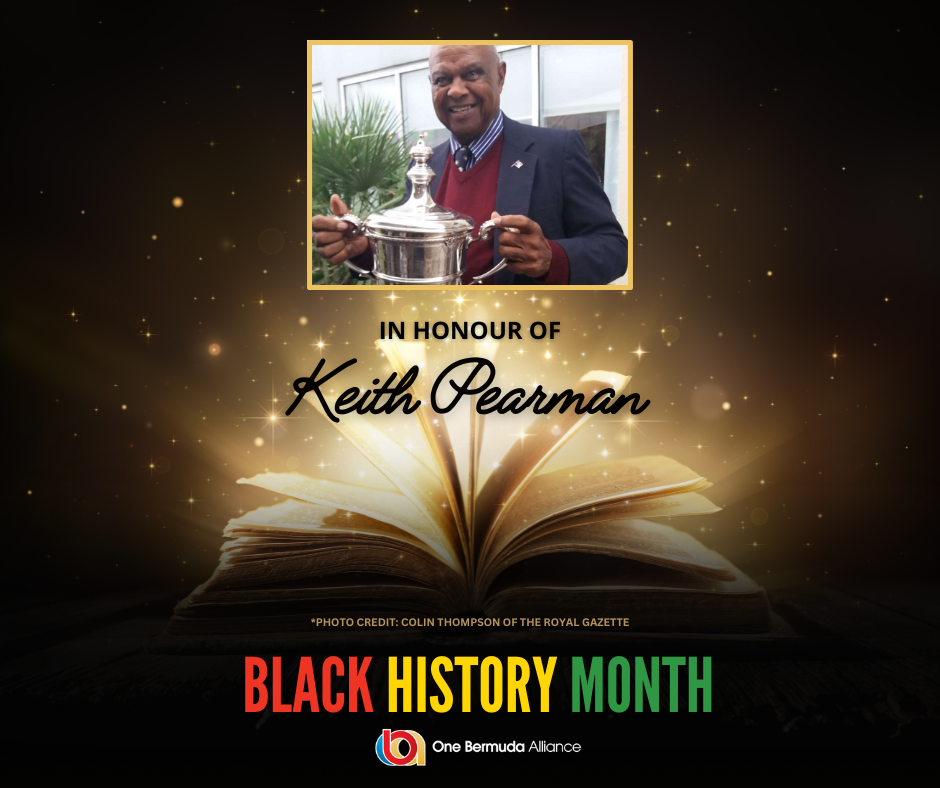
This year during Black History Month we pay tribute to Keith Pearman, the former Head Golf Professional at the Mid Ocean Club who sadly passed two years ago.
Keith enjoyed success as an amateur and a professional and helped break down barriers that existed on the island during the era of segregation.
More
He was a founding member of the Bermuda Professional Golfers Association, and as an amateur played most of his golf at Ocean View. He was the first black Bermudian to win the prestigious Belmont Invitational in 1969; two years after the desegregation of golf. As an amateur he beat the favourite, Louis Moniz, who won the event on numerous occasions.
Keith was the golf professional at the Mid Ocean Club for 30 years, retiring in 2008, but remained Golf Pro Emeritus for several years. It goes without saying that Keith was loved by members and guests of the club.
*Photo credit: Colin Thompson of The Royal Gazette
Sir John Swan Is a former Bermudian political figure. A real estate developer, a political luminary and a philanthropist, Swan served as Premier of Bermuda from 1982 to 1995.
Elected to Parliament in 1972, the former Premier established the island as a major offshore financial center, and under Swan’s stewardship the Government completed in excess of 20 major projects.
More
Swan transformed international trade, politics, and property development in Bermuda. In 1990 he was appointed by Her Majesty the Queen a Knight Commander of the Order of the British Empire (KBE). In 1986 Swan was awarded the Medal of Distinction in recognition of his humanitarian endeavours from the International Association of Lions Clubs. Swan received the International Medal of Excellence from the Poor Richard Club of Philadelphia, the oldest press and advertising club in Philadelphia. He was admitted as a Senator to the Membership and Fellowship of the Senate of the Junior Chamber of Commerce.
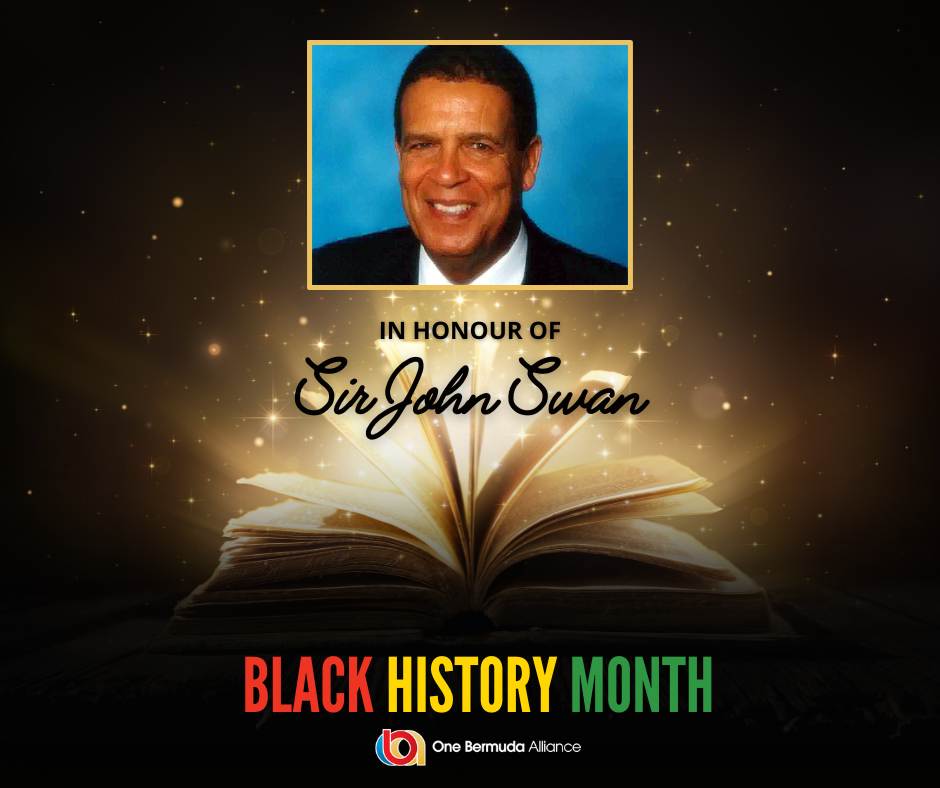
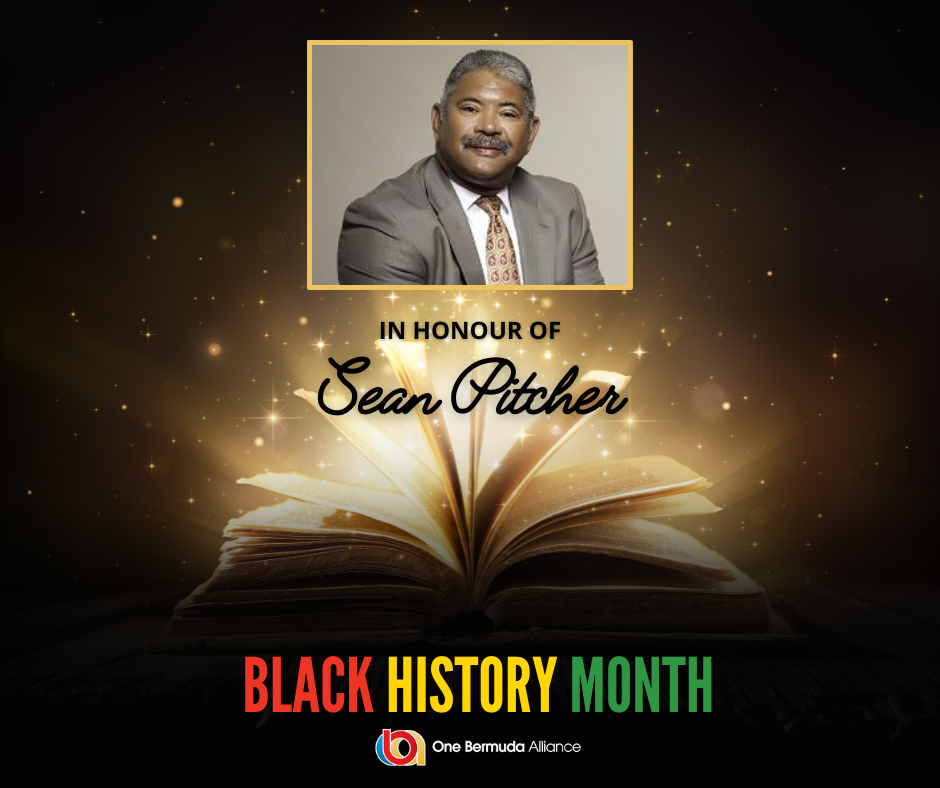
The late Sean Pitcher was a founding member of the One Bermuda Alliance. Mr Pitcher was the Chairman of the United Bermuda Party when, out of frustration that they could not effect change within the party, he and five others resigned in September 2009.
As a result of their exodus, the Bermuda Democratic Alliance was formed. In May 2011, the BDA and the UBP merged to form the One Bermuda Alliance and Mr Pitcher served as its interim Treasurer for several weeks.
He also served as a Deputy Chair for the OBA.
More
Mr Pitcher hailed from St David’s and was described as a “true Mohawk” who loved Bermuda. One of his greatest attributes was keeping his finger on the pulse in the community and ensuring that he remembered the names of people he met.
An affable man, Mr Pitcher was well liked and didn’t judge anyone, irrespective of their political affiliation. According to his lifelong friend, and current OBA MP Craig Cannonier, Mr Pitcher was a man who was trusted.
Mr Cannonier told The Royal Gazette at the time of Mr Pitcher’s sudden passing: “Sean was easy-going and low-key. You never heard him raise his voice. You never heard him speak ill of people.
“Sean was also the reason, the catalyst, in my decision to get into politics. There was a period when he urged me every time he saw me to get involved. I resisted for a time and then finally agreed to attend a meeting. I remember that meeting, taking my seat and then, when our eyes met, just shaking my head. There was never an angle to Sean. I always trusted him. Sean was good for Bermuda.”
Mr Pitcher died unexpectedly in 2012 at the age of 49.
The band was composed of brothers Archie, Austin, Bryan a.k.a. “Dick” Ross a.k.a. “Blackie” and Roy Talbot, along with their cousin Cromwell “Mandy” Mandres.
The Talbots were the first of Bermuda’s many notable singing groups to gain international acclaim. After the First World War, Bermuda’s tourism industry went through considerable change as Prohibition led to a flood of affluent middle class visitors seeking sun and alcohol, and Bermuda became a summer rather than a winter destination. The construction of the Castle Harbour Hotel (completed in 1931) and the related Mid-Ocean Club had resulted in the forced relocation of the inhabitants of Tucker’s Town, with their homes replaced by golf links. The families that had lived there, including the Talbots, were mostly been resettled in Smith’s Parish, near Devil’s Hole and John Smith’s Bay, where Talbot Lane is found today.
More
The Talbots organized in 1942 and performed a variation of Trinidadian calypso in a smooth melodic style influenced by popular music. They performed and recorded cover versions of calypso classics in addition to many of their own originals. They became a popular attraction in local hotels, but it was an early recording they made in the United States that made them even more popular in their homeland, and heralded fame beyond their shores. Bermuda Buggy Ride brought them wide recognition in the USA, and made them the group tourists most wanted to see.
Their popularity with American tourists resulted in tours of the U.S. starting in the early 1950s. Notable in their instrumentation was Roy Talbot’s home-made upright bass dubbed the “doghouse.” Roy created the instrument out of a large meat-packing crate and a single fishing line. This item was a particular curiosity, and during the Talbots’ tours many of their fellow performers and visiting celebrities would autograph the crate.
The Talbots released 10″ and 12″ vinyl records on the small Audio Fidelity label in the mid-1950s before being signed to ABC Paramount Records in 1957, where they made two LPs that were more accessible in North America.
They were frequent performers on television in the 1950s, appearing on Ed Sullivan‘s variety shows and other programs.
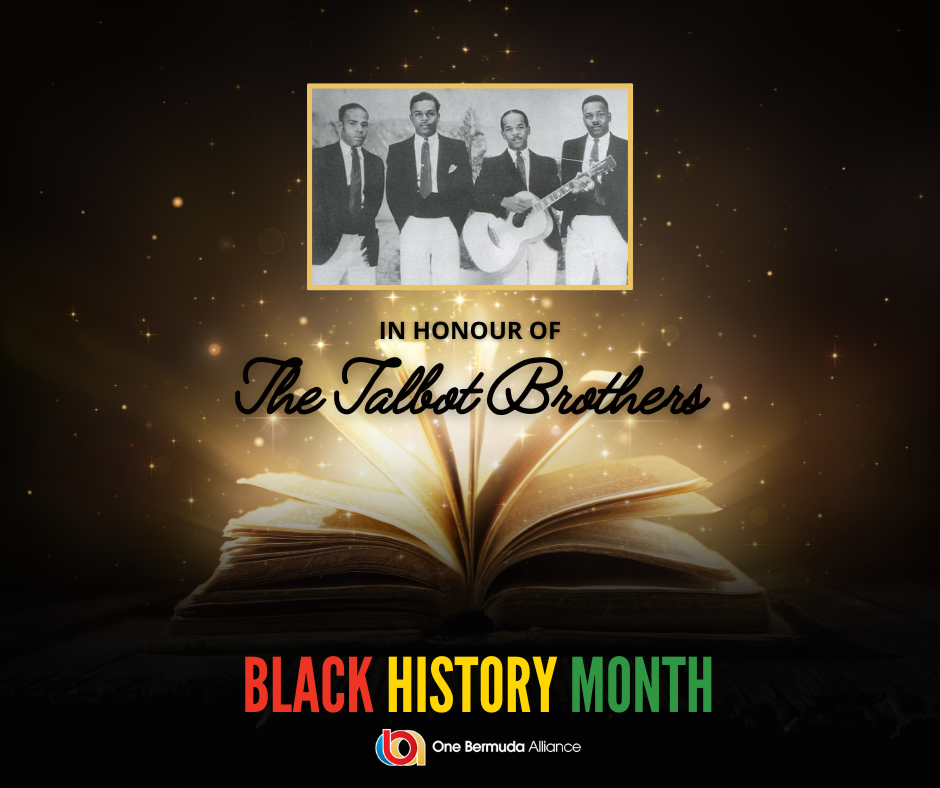
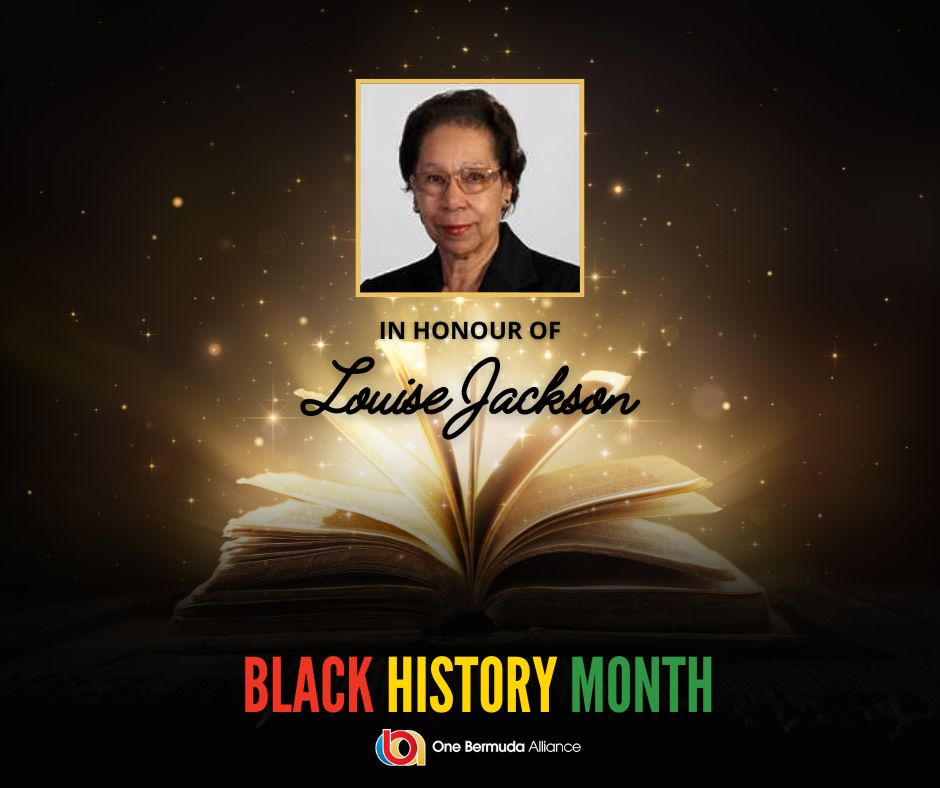
Mrs. Jackson was a teacher of children, a defender of the elderly and an entrepreneur who used her love of dance to build the arts across Bermuda.
The island was fortunate to have been served by a tireless campaigner across the social and political spectrum. She devoted her efforts and energies toward advocating for the fair and equitable treatment of Bermuda’s seniors and children.
More
Mrs Jackson was also the founder of the National Dance Theatre of Bermuda, a board member of the Bank of Bermuda, trustee of the Bermuda High School, a member of the programme committee of the Bermuda Festival and chairman of the Bermuda National Gallery. She also chaired Government boards including the Broadcast Commission and the Bermuda Library and served on the Telecommunications Commission.
Louise Jackson was appointed an Officer of the Most Excellent Order of the British Empire (OBE) by the Queen for her years of public service and her work for Bermuda’s seniors. Mrs. Jackson was quoted as saying, “Together we have addressed issues and challenges in the delivery of health services and the care of our seniors. The dignity of seniors has been my focus and the most important aspect of my political career. What a privilege to serve and be awarded the Queen’s honour.”
Originally from Pennsylvania, she founded the Jackson School of Performing Arts in 1953. She was a teacher for the majority of her adult life and has helped in the development of children in Bermuda for many years.
Louise Jackson was passionate about Bermuda, and the life she led made the Island a better place. She was an ally to all who needed fair hearing, and she was fearless in the fight. No one took on the powers-that-be better than Louise Jackson. Her passion for justice, fair treatment and truth made her a shining star in the community across many years.

